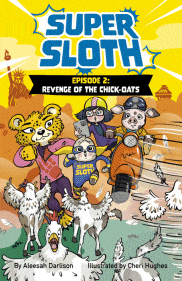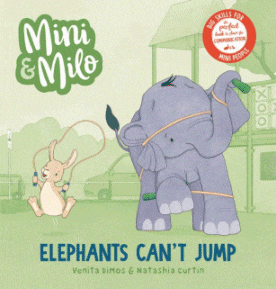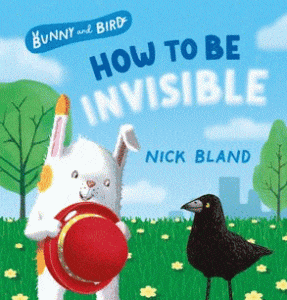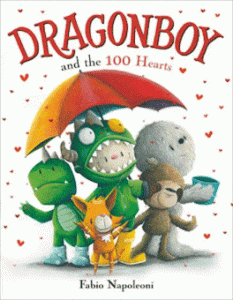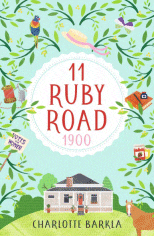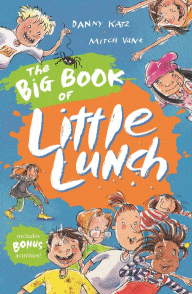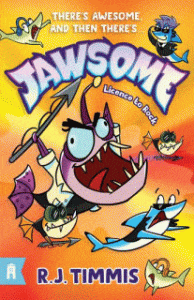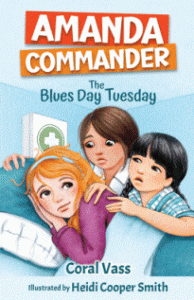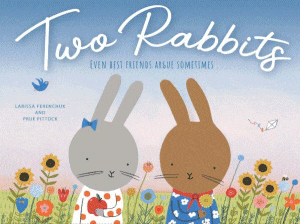
Mia Megastar
Mia Megastar
Ada Nicodemou & Meredith Costain
Serena Geddes
Puffin, 2024
176pp., pbk., RRP $A14.99
9781761342158
Meet Mia!
Her life is pretty interesting and amazing. She’s the only kid in her class who lives above a shop. And not just any shop – everyone knows Costa’s is the best place for groceries and the yummiest pastries. She has a cute-but-annoying little brother, Yianni, and the best friends ever. Oh, and her mum plays the worst pranks. Mia loves dancing and singing and is always putting on a show. And she’s ready to step into the limelight . . . this year will see Mia get closer to her dream of becoming a megastar.
But the road to stardom is not without a little drama. . .
Loosely based on her own childhood, this is the first in a three-part series for young independent readers by Home and Away star of 22 years, Ada Nicodemou. With the upsurge in online opportunities where anyone with ambition (if not talent) can showcase their abilities, there are many of our young students who will relate to Mia’s aspirations and who will find, like Mia (and someone close to me) that it involves a lot more than a camera and an internet connection.
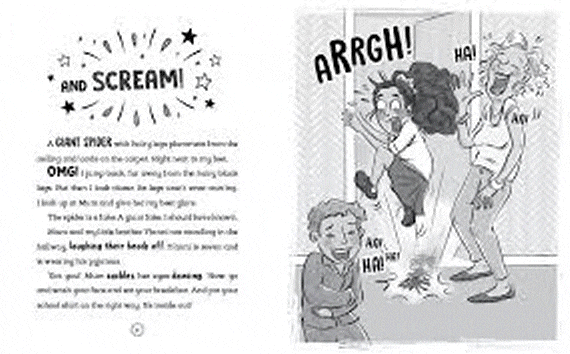
A peek inside…
Characters that appeal because the reader can put themselves into the lead role, an attractive layout with many visual features including acting tips from someone who has proven herself, and the promise of more to come in July and October, make this a series that is going to appeal to a large number of newly-independent readers who are looking for something new to pass the cold, winter months. My aspiring young performer has grown through the phase now, but I know this will find a willing and wanting audience at the local primary school.
